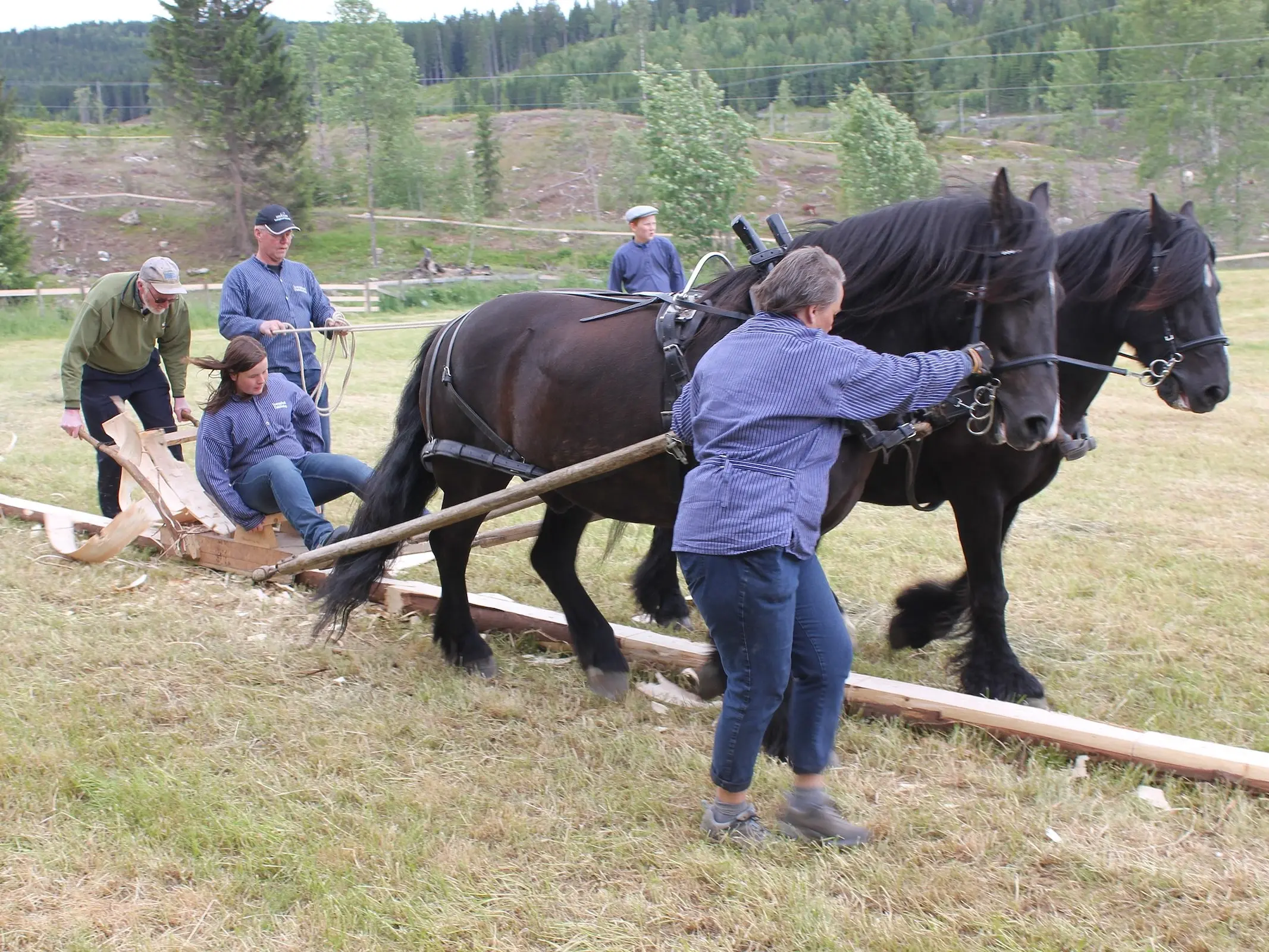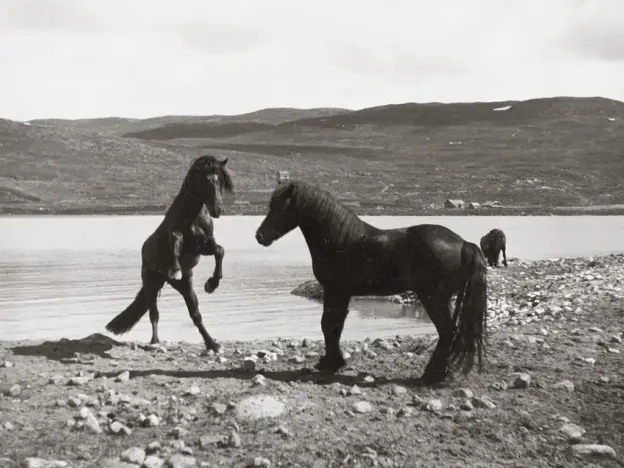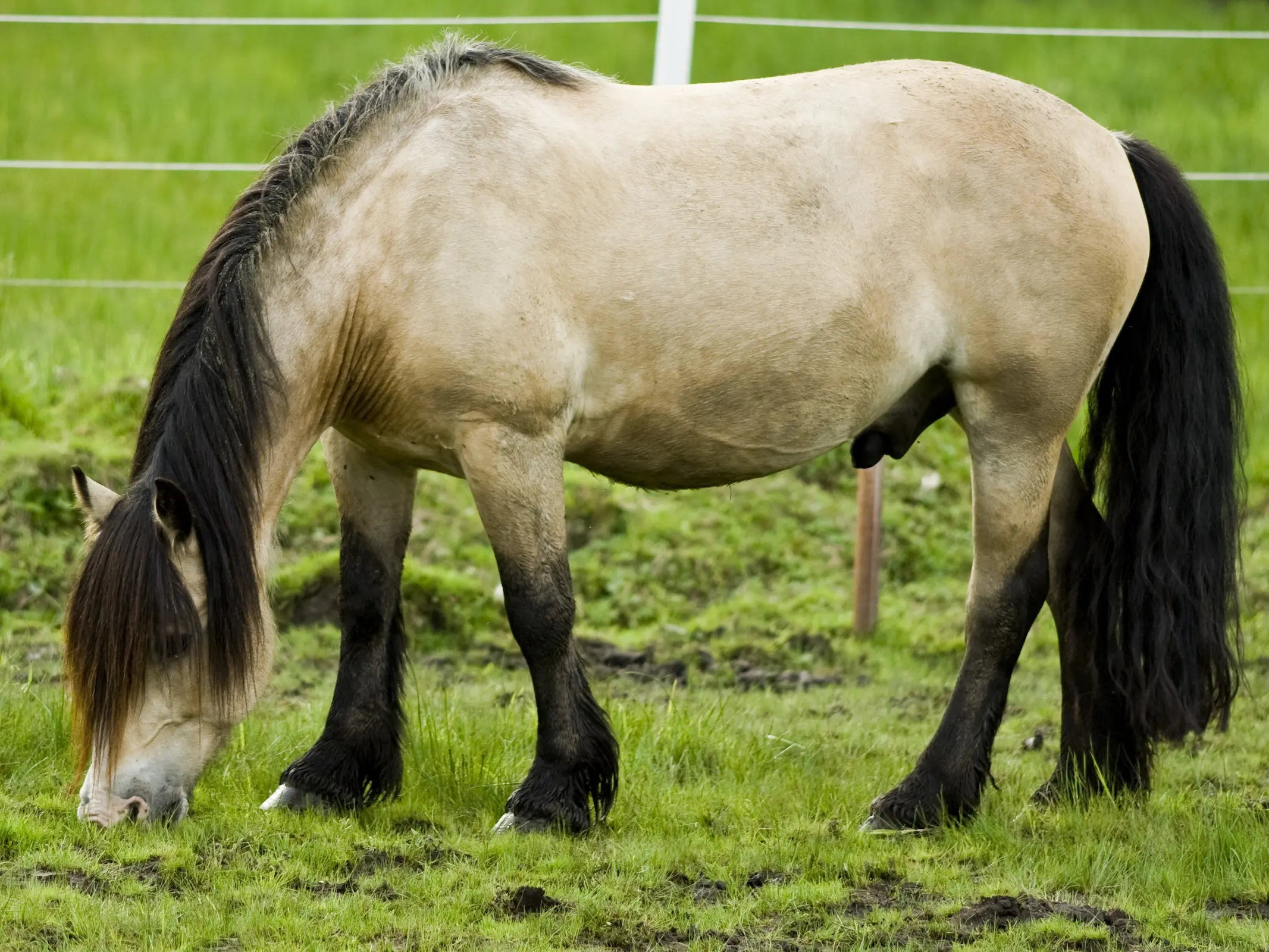Intro
Also known as Dølehest, Ostlandhester, Døle Trotter and Norwegian Trotter, the Døle Gudbrandsdal is the most widespread breed in Norway today and one of the smallest cold blooded breeds.
Origins
Organized breeding of this lively animal began in the middle of the 19th century, but it’s though to have come from Dutch Friesian bloodlines and date back to between 400 – 800 BC.
In the early 20th century trotting races gained popularity in Norway and is still a thriving sport. Traditionally about 50% of the horses racing are hotblooded trotters (Standardbreds, etc.) and 50% are coldblooded trotters like the Døle.
By 1967 the National Dølehorse Association was established in the hopes of preserving and promoting the heavier, draft type of the breed. Breeding of the Døle is taken seriously and led by the government in conjunction with the various breed associations.
There are two different types of Døle horse, heavy and light draft (coldblooded trotter stock). Although the differences between the two types is becoming fuzzy as interbreeding has created more uniformity. The two types are still judged in separate classes, but they all belong to the same studbook. According to the DAD-IS they are at risk and as of 2022 there were 1331 left.
Features
Average height 14.1 – 16 hands
Agile and active with great stamina
Physique
Head is small but heavy and square with a straight profile
Ears are long and eyes are small
Neck is short in length and well muscled
Back is long and straight
Legs are short and sturdy (heavy type displays feathering)
Hooves are broad and hard
Traditional Colors
Solid colors
Temperament
Intelligent and fast learners
Use
Draft and agricultural work
Harness racing
Pleasure horse
Helpful Links
Landslaget for Dølehest
NordGen Norwegian Trotter
NordGen Dole
More Images


